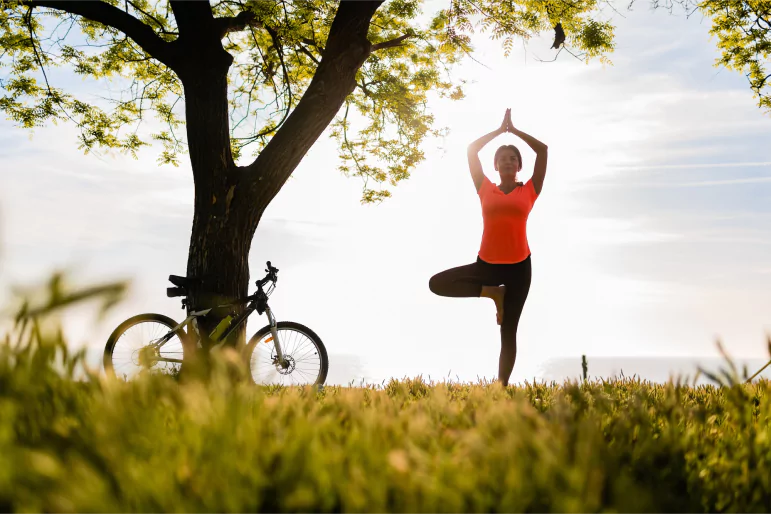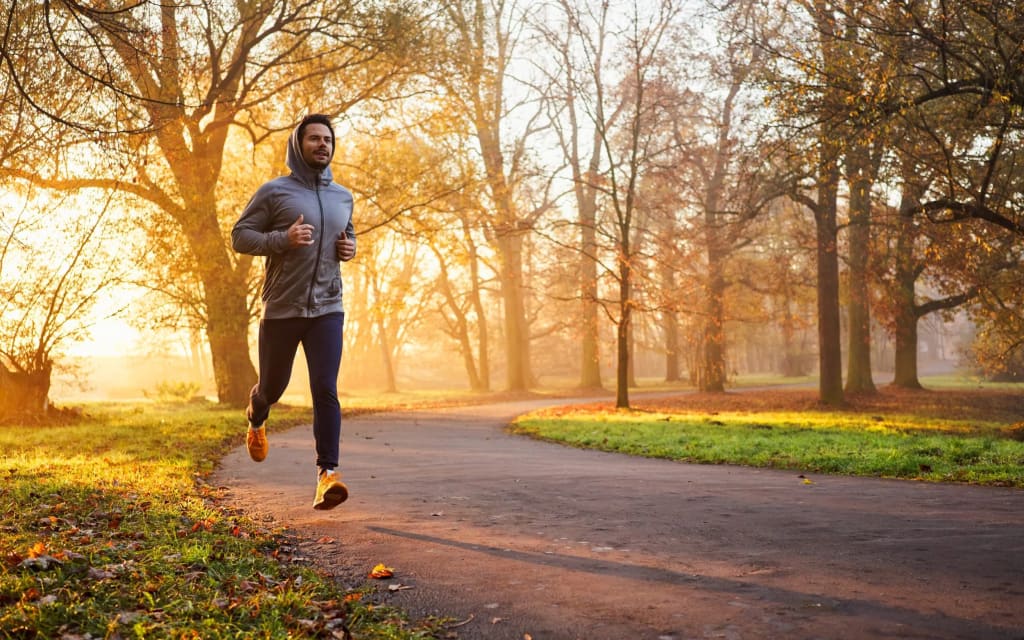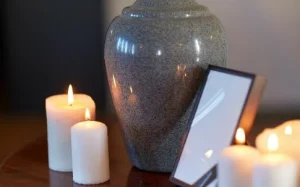Exercising in Nature: A Path to Physical and Mental Wellness

In our fast-paced, screen-saturated world, the idea of stepping outside for a workout might seem too simple to be effective. Yet, countless studies and personal stories show that exercising in nature is one of the most powerful ways to enhance both physical health and mental clarity.
Whether it’s a quiet walk through a forest, a jog along a river, or an intense hike up a mountain, nature provides a rejuvenating backdrop that gym walls simply can’t replicate. Outdoor exercise combines fitness with fresh air, sunlight, and natural beauty—giving your mind and body a holistic boost.

This article dives deep into the benefits, popular activities, and practical tips to help you embrace nature as your fitness playground.
Why Nature Is the Ultimate Gym
There’s something primal and deeply satisfying about moving your body in a natural setting. Unlike indoor workouts, outdoor exercise engages your senses and keeps your mind present. Here’s why nature is such a powerful motivator:
🌿 Fresh Air and Sunlight
Outdoor air is often cleaner than indoor air, especially in parks or rural areas. Sunlight helps your body produce vitamin D, which is essential for bone health, immune function, and mood regulation.
🌲 Natural Terrain Challenges the Body
Whether it’s uneven trails, sandy beaches, or grassy hills, nature introduces resistance and balance challenges that work muscles you might ignore on a treadmill.
🧠 Mental Clarity and Stress Reduction
Natural environments have a calming effect on the mind. Studies show that exercising in green spaces reduces cortisol (the stress hormone), lowers anxiety, and improves mood far more effectively than indoor exercise.
💸 Low-Cost Fitness
You don’t need a gym membership to go for a hike or do yoga in the park. Nature is free, accessible, and always open.
Popular Ways to Exercise in Nature
Outdoor workouts can be as gentle or intense as you want. The key is to find an activity that suits your fitness level and personal preferences.
1. Walking and Hiking
Walking is one of the most underrated forms of exercise. Add a scenic trail, forest path, or beachside boardwalk, and you’ve got a therapeutic workout. Hiking takes it up a notch, offering cardio, leg strengthening, and a mental reset.
2. Running or Jogging
Trail running or jogging through a park offers variety and better scenery than pounding pavement or a treadmill. It’s easier to stay motivated when your route includes lakes, hills, or city gardens.
3. Outdoor Yoga
Practicing yoga in a natural setting—on the grass, a beach, or a quiet overlook—deepens the mind-body connection. It’s a grounding experience that enhances flexibility, balance, and mindfulness.
4. Cycling
From urban bike paths to countryside roads, cycling offers cardio, strength, and exploration. It’s also a great low-impact workout for those with joint concerns.
5. Calisthenics and Bodyweight Training
Parks are ideal for bodyweight exercises. Think push-ups, lunges, dips on a bench, or pull-ups on a sturdy tree branch. Many cities now have fitness trails or outdoor gyms built into public parks.
6. Swimming in Natural Waters
Lakes, rivers, and oceans offer a refreshing alternative to chlorinated pools. Wild swimming provides resistance training and is known to boost circulation and mood.
7. Team and Solo Sports
Frisbee, soccer, tennis, or paddleboarding are fun, social ways to get active outside. Even activities like rock climbing or kayaking can be incredible full-body workouts.
Mental Health Benefits of Exercising in Nature
We often underestimate how closely connected our mental state is to our physical environment. Nature has a way of calming the nervous system, and when combined with physical activity, the results are profound.
🧘♂️ Reduced Anxiety and Depression
Green spaces naturally lower anxiety and symptoms of depression. Just 20-30 minutes a day outdoors can significantly impact mood and cognitive performance.
🧠 Enhanced Creativity and Focus
Nature walks have been shown to boost creativity and problem-solving by up to 50%. It’s why many writers, artists, and thinkers make daily walks part of their routines.
😌 Better Sleep and Relaxation
Exposure to natural light helps regulate your circadian rhythm, leading to deeper, more restful sleep. Combine that with physical exertion and you’ll feel more relaxed at night.
🤝 Social Connection
Group hikes, outdoor yoga classes, or even a walk with a friend can reduce feelings of loneliness and create deeper interpersonal connections.
Tips for Getting Started with Nature-Based Exercise
If you’re new to exercising outdoors, the key is to start simple and stay consistent. Here are some tips to help you make the most of your outdoor fitness journey:
1. Choose Safe and Scenic Routes
Use apps like AllTrails, Google Maps, or local parks websites to find walking trails, bike paths, and open spaces near you. Make safety your top priority—especially if you’re going alone.

2. Dress for the Weather
Wear breathable, weather-appropriate clothing and proper footwear. Use sunscreen, bring a hat, and don’t forget water—especially on hot days.
3. Stay Hydrated and Fueled
Even if you’re just walking, your body needs hydration. If you’re going for longer hikes or intense sessions, bring snacks or energy bars.
4. Mix It Up
Keep things interesting by trying different trails, activities, or times of day. A sunrise run or evening walk can feel completely different from a midday workout.
5. Listen to Your Body
While nature invites adventure, be mindful of your limits. Take breaks when needed and don’t push through pain.
Bringing Nature Into Your Routine
You don’t need to live near mountains or oceans to exercise in nature. Urban parks, riverside paths, community gardens, and even tree-lined streets offer the mental and physical benefits of the outdoors.
Make it a goal to spend at least 30 minutes a day outside. You can combine your workout with other daily activities: walk your dog, commute by bike, or do your lunch break yoga in a local park. The more you blend fitness with nature, the more it becomes a natural part of your lifestyle.
